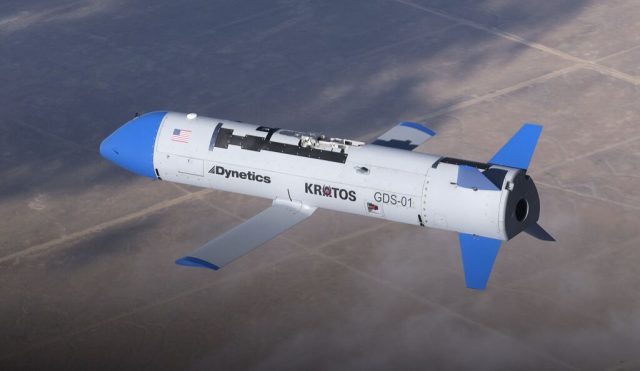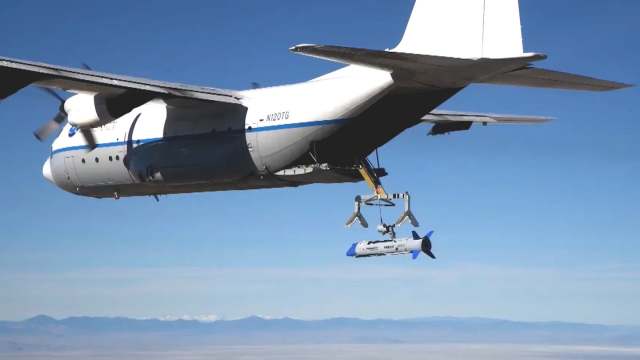The United States has successfully tested the X-61 Gremlins unmanned vehicle. He was "captured" in flight by a carrier based on the Lockheed Martin C-130.
The "flying Aircraft Carrier" is one of the most unusual US military developments. His trials often face difficulties, but this time the Americans were successful . A mechanical arm released from the aircraft caught the X-61A drone from Dynetics. This has become an important part of the testing of the complex.
The tests were reported by the Office of Advanced Research Projects of the US Department of Defense (DARPA). The tests were carried out last month. After the "capture", the UAV was lifted on board the plane.
Tests of the X-61 / ©thedrive
The X-61 is a relatively small subsonic vehicle capable of reaching a speed of M = 0.6 and having a range of about 560 kilometers. He received one Williams F107 engine. It is assumed that the X-61 will be able to carry a variety of loads, including sensors, electronic warfare systems and weapons.
The X-61 performed its first flight in November 2019. Not so long ago, Dynetics conducted successful tests of a promising air system, during which the UAV was in close proximity to the carrier aircraft.
Last year's tests involving the capture of the X-61 in the air ended in failure. As a result, all the devices returned home with the help of their parachutes.
 |
| X-61. |
| Source: wikipedia |
Lockheed C-130 Hercules took to the skies for the first time on August 23, 1954. This is the main military transport aircraft of the United States, NATO countries and some other states. Earlier it was reported that strategic bombers are considered as possible carriers of the X-61 UAV, in addition to the C-130.
The concept of an "air carrier" originated a long time ago, but it did not receive mass distribution. A new impetus was given by the rapid development of the UAV.
Recall that in April it became known that Russia wants to turn the Su-57 fighter into an "air carrier". According to the source, the aircraft will be able to carry more than a dozen different unmanned aerial vehicles, including attack UAVs, in the fuselage compartments.
To do this, the fighter will undergo an appropriate upgrade. Russian engineers have already started developing on-board equipment and special software that will make it possible to implement the idea.
In addition, Russia will create a Thunder UAV capable of controlling Lightning strike drones. They will be launched by another aircraft carrier. By itself, "Thunder" can also be used to solve shock tasks.

